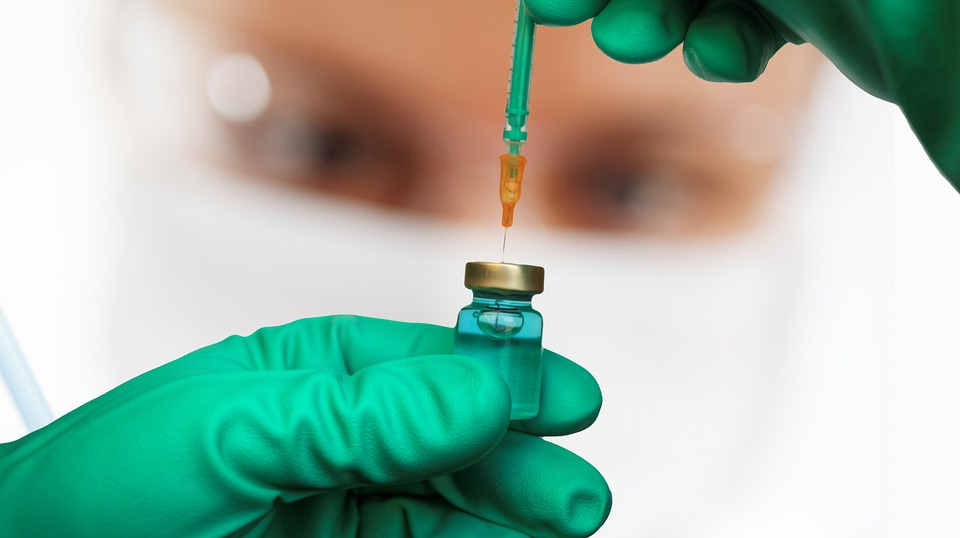As Poslovni Dnevnik writes, Health Minister Vili Beros stated that they had first looked at the number of newly infected people, however, that number is no longer so important, especially with the arrival of the Omicron variant. Then they looked at the number of hospitalised people. Given the impact of Omicron, which doesn’t cause so many initial respiratory problems, but can still put the elderly who are unvaccinated and who have comorbidities in hospital, the most important thing for him personally is how many people are in intensive care. He said that the infection rate is no longer really as important as the number of people in hospital beds.
”As of January the 10th, when Croatia started using the new methodology of counting deaths, we’ve had 1,529 of our fellow citizens who have died, for 1,107 of those people, we can say that they did die from covid, and for 422 others, we can say that they died with covid,” the minister said.
”We’ve had several important meetings at the Ministry of Health, first about the waiting list for oncology patients, everything that this pandemic has brought us, and especially what will happen when it ends. Then all the problems, and especially the epidemic of oncological problems and mental health issues that will follow, we must prepare for that. Another important meeting was to look at the current situation with the epidemic in the context of vaccination,” Beros said.
A new Croatian vaccination strategy
He added that the CNIPH had expressed its views, which were supported by others. Then the head of the CNIPH explained what those views regarding vaccination were about.
“Since we’ve reached one plateau of vaccination, it is now very difficult to move towards larger numbers and coverage. The last time we had a wave was in November where people were more interested in getting their first doses, but now we’ve come to a situation where the numbers are very small for the first doses (primary vaccination) and booster doses and we’re now talking about what we could do to improve this shift towards greater vaccination coverage of the population,” said Capak, H1 reports.
They identified certain weak points and made suggestions for resolving them with a new Croatian vaccination strategy.
“What is very important to say is that we’ve changed our plans in parallel with how we implemented vaccination so far and there is nothing here that we didn’t already mention in that plan, but we’re now basing it on some weak points of our implementation that we would like to improve,” explained Capak.
When people claim they don’t want to be vaccinated, those who aren’t simple anti-vaxxers say things like that they have fears about an ‘insufficiently tested vaccine’ and secondly, the fear of the side effects. That’s why we’ve opened counseling centres, where people can consult a doctor about their fears,” Capak said.
In addition to that, the availability of vaccines has been being worked on, so Capak explained that there are now mobile teams that would go around the houses and vaccinate people who could not go to the vaccination point to receive their dose for whatever reason. “We’ve done a lot when it comes to the availability of vaccines, but now we have decided to strengthen our mobile teams, so that anyone who cannot come for vaccination for any reason, can just get vaccinated at home,” he said.
“We’ll also stimulate drive-in vaccination, we will strengthen that part and make sure people know they don’t even have to get out of their cars,” said Capak.
“For those chronically ill patients who come to hospitals, we’ll ask hospitals to ask them if they have been vaccinated and to vaccinate them in hospitals where there are facilities to ensure that,” added the head of the CNIPH when discussing this new Croatian vaccination strategy.
“We also have the experience that where settlements are scattered, in more rural areas, vaccination coverage is lower. We’ll talk to our colleagues in the field to enable either a bus or a van, these mobile teams to get to a local post office or school, so that all those who cannot get to the county centres can get vaccinated there,” said Capak.
When asked what numbers people think they can come up with with a new Croatian vaccination strategy, Capak said he wouldn’t like to try to predict. “We’ll certainly not achieve the 90 percent figure that Norway and other developed countries have, but we hope to succeed with between 70 and 80 percent,” Capak said.
Responding to the comments of many experts, who believe that the number of vaccinated people living in Croatia will not increase, Capak said that they at the CNIPH do not share this view and that is why they are adopting this new Croatian vaccination strategy.
For all you need to know about coronavirus specific to Croatia, make sure to bookmark our dedicated section and select your preferred language if it isn’t English.








